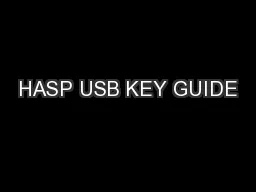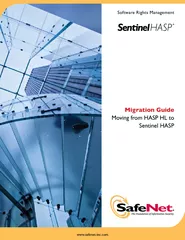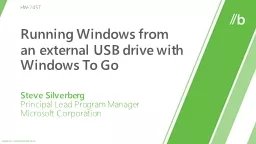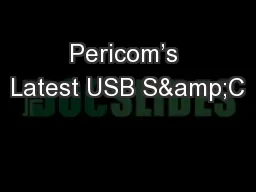PDF-HASP USB KEY GUIDE
Author : conchita-marotz | Published Date : 2015-08-05
Page For AFT Softwareupdated 20ForwardInstallation License Manager as a ServiceFinding a Key ID on the ServerConfiguring a FirewallUsing Nethaspini Page ForwardAFT
Presentation Embed Code
Download Presentation
Download Presentation The PPT/PDF document "HASP USB KEY GUIDE" is the property of its rightful owner. Permission is granted to download and print the materials on this website for personal, non-commercial use only, and to display it on your personal computer provided you do not modify the materials and that you retain all copyright notices contained in the materials. By downloading content from our website, you accept the terms of this agreement.
HASP USB KEY GUIDE: Transcript
Download Rules Of Document
"HASP USB KEY GUIDE"The content belongs to its owner. You may download and print it for personal use, without modification, and keep all copyright notices. By downloading, you agree to these terms.
Related Documents














![USB Device Redirection [MS-RDPEUSB]](https://thumbs.docslides.com/1051561/usb-device-redirection-ms-rdpeusb.jpg)